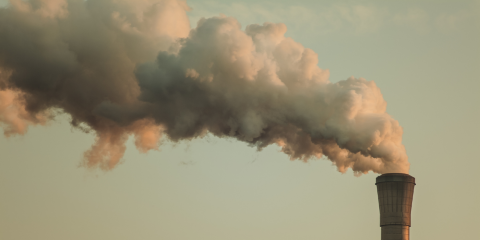How Auctions Can Transform the Philippines Power Sector

Key Takeaways:
The Philippines can benefit from low-cost renewable energy over the next decade
Competitive auctions can introduce greater transparency and competition in power generation
February 13, 2020 (IEEFA Philippines) – The Philippines could attract USD 20 billion of renewable energy investment over the next decade through the use of auctions in and beyond the Department of Energy’s proposed Green Energy Tariff Program, finds a new report by the Institute for Energy Economics and Financial Analysis (IEEFA).
Auctions are setting record-low generation prices globally
The report, Paying Less for More – How Auctions Can Transform the Philippines Power Sector comes out as the Philippine Department of Energy positions itself to heed the President’s call for more low-cost renewable energy through its proposed Green Energy Tariff Program, which would establish pricing for solar, wind, and other renewable energy. The program also aims to promote competition and attract more investments in the green energy sector.
“THIS LEADERSHIP BY THE DEPARTMENT OF ENERGY WILL ENABLE LOWER PRICING FOR CONSUMERS and industry, while ensuring a more secure supply of domestic renewable power,” says report author and IEEFA financial analyst Sara Jane Ahmed.
Auctions make it easier to raise finance at a viable rate
The report provides the means to improve the auctions process to enable global capital uptake of 20 gigawatts of new power with a potential investment value of USD 20 billion.
“Auctions improve transparency on getting access to the grid and make it easier to raise finance at a viable rate, setting record-low generation prices globally. The DOE can achieve even better pricing by refining its competitive auctions framework,” said Ahmed.
Ahmed recommends the government jumpstart competitive auctions for the Green Energy Pricing Program’s 2,000 megawatt immediate target, and then utilize auctions to reach 2030 targets and beyond.
Cheaper electricity is key to raising competitive advantage
Within that, Ahmed suggests focusing on selecting appropriate energy technologies for different locations across the country, reviewing the grid and transmission systems to plan for future absorption of renewable energy, and lifting or revising foreign ownership restrictions to attract global capital, along with other measures that will improve bankability, such as ensuring grid access. She also recommends that the auctions be run by the Independent Electricity Market Operator of the Philippines to ensure transparency and competitiveness.
“EMERGING MARKETS SUCH AS THE PHILIPPINES ARE WELL-POSITIONED TO ATTRACT LOW-COST GLOBAL CAPITAL to fund the development of renewable energy infrastructure. The result will be competitive pricing enabling low-cost electricity and reduced capital costs,” she added.
The Asian Development Bank facilitated a similar auction process in Cambodia, which attracted 26 initial global and domestic bidders and landed a final bid of USD0.03877 per kWh, equivalent to PHP1.93 per kWh.
“India, Brazil, Chile and Peru are also doing competitive auctions and have also surpassed their targets,” Ahmed said. “In turn, those countries are able to provide lower than forecasted prices to their consumers and industry.
Full report: Paying Less for More – How Auctions Can Transform the Philippines Power Sector
Media Contact: Kate Finlayson ([email protected]) +61 418 254 237
Author Contact: Sara Jane Ahmed ([email protected])











